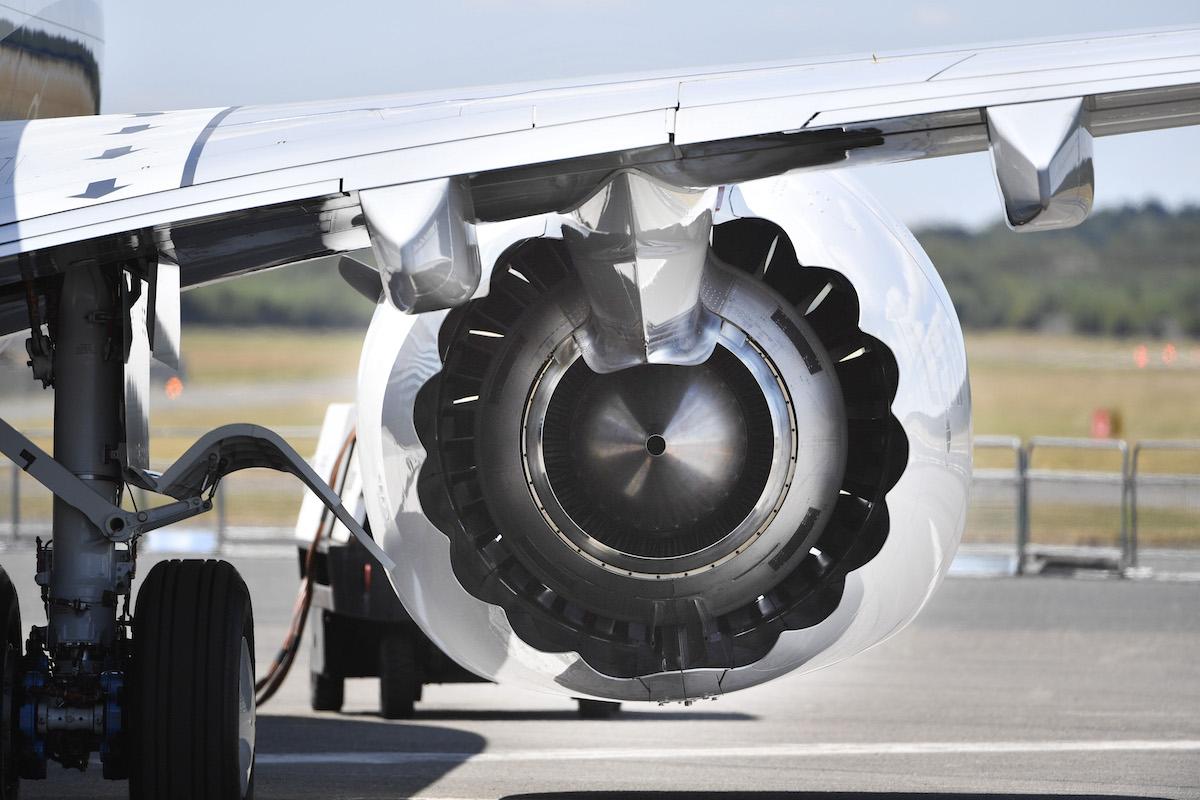Memo: Narrowbody Orders Illustrate Where MRO Market Demand Is Heading

FARNBOROUGH—The first Farnborough Airshow since the COVID-19 pandemic offers a good indicator of the industry’s overall health as it looks ahead.
This extends to the commercial aviation aftermarket, which, after a heavily disrupted 2020 and a dire 2021, is navigating relatively smoother terrain so far this year. Domestic passenger levels continue to pick up while cross-border travel is also increasing, in turn leading to increased demand for specific MRO services. However, the industry is realistic about the scale of the challenges it faces in areas such as supply chain bottlenecks and skilled labor shortages.
The narrowbody aircraft segment has pushed along the MRO segment’s ongoing return to pre-COVID levels as demand in the widebody segment remains sluggish and is unlikely to return until 2024.
Typically, much of the aftermarket announcements at Farnborough center on airframe and engine OEMs and this trend has continued in 2022. Demonstrating the airline penchant for newer, fuel-efficient aircraft is Delta Air Lines’ order of 100 Boeing 737 MAX aircraft, with an option for 30 more, which was announced July 18. Alongside this, Delta also committed to 200 CFM International-manufactured Leap 1B engines.
Significantly for the aftermarket, these orders coincided with the U.S.-based airline’s Delta TechOps maintenance division becoming part of the CFM maintenance network for the Leap 1B, the sole option for the 737 MAX. This continues the airline MRO’s march into new engine types.
At the same time, companies are developing engine technologies such as hydrogen and electric to advance propulsion systems, which is a key for an airframe OEM to launch a clean-sheet next-gen aircraft program in coming years.
For instance, Collins Aerospace on July 18 announced it completed the preliminary design review for a 1-megawatt electric motor that can be scaled. LeAnn Ridgeway, Collins Aerospace’s chief sustainability officer, says this “best-in-class” motor builds off technology it used on the Boeing 787 and Lockheed Martin F-35 but in a small package that is “much more powerful—I think it’s four times more powerful than what’s currently on the 787 generations.”
So while this little motor will first appear on a De Havilland Dash 8-100 flight demonstrator, it should be able to scale across multiple markets—from unmanned to hopefully a new single-aisle in the future.
Ridgeway says the motor is being tested at the electrical system level and should be integrated with an engine for testing later this year. This will mean new technologies for MRO in future as well.


